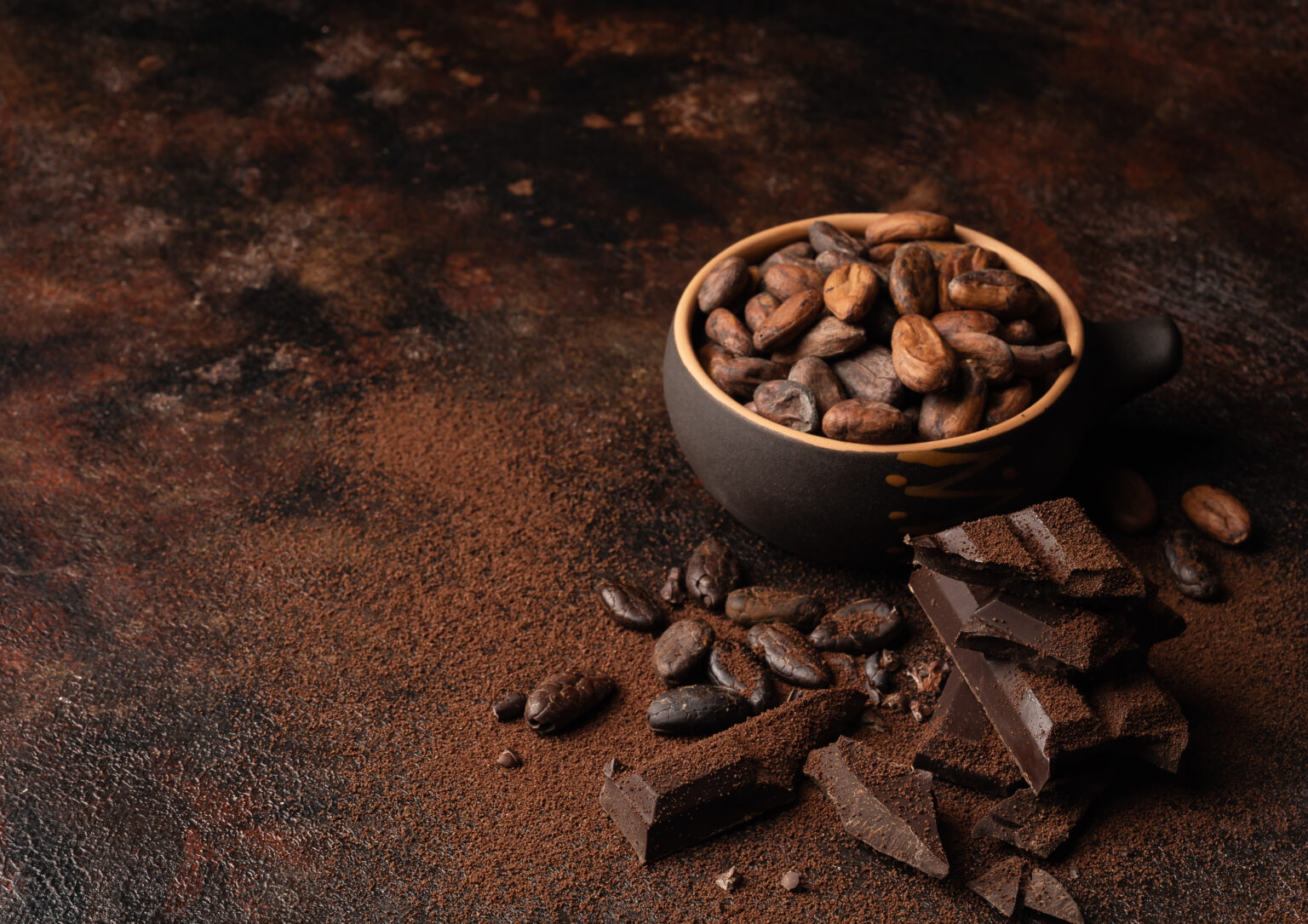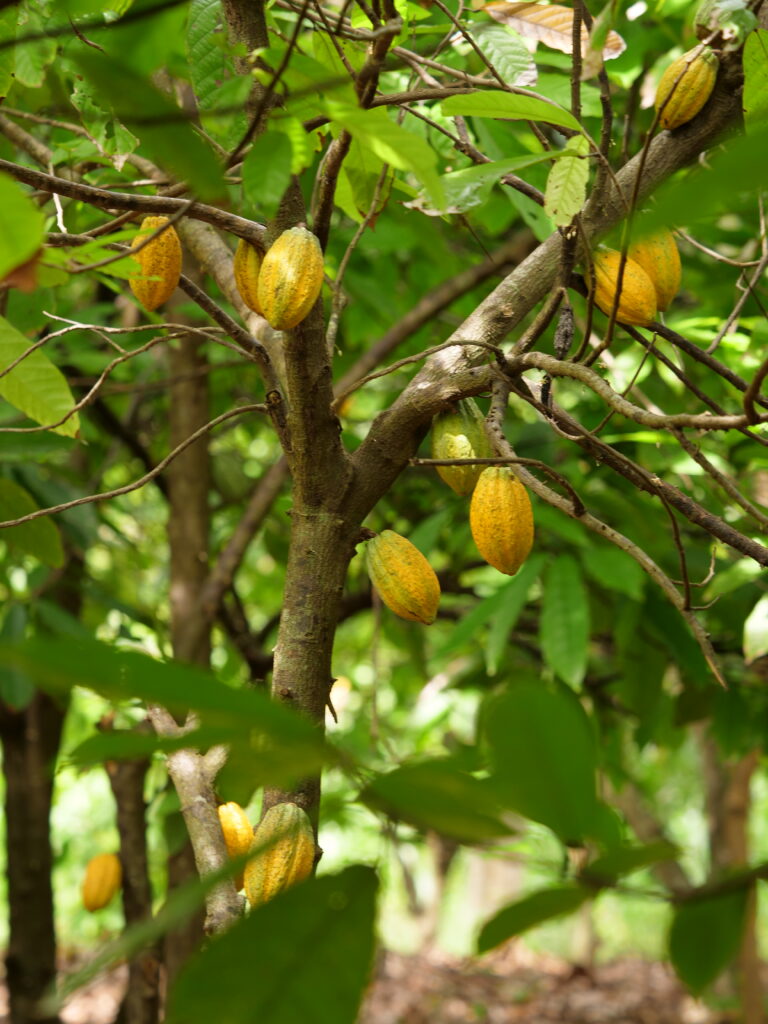The flavour of chocolate is determined by several factors, the main one being the origin of the cocoa. Cocoa is grown in various regions of the world and each one has unique characteristics that affect the flavour profile.
Just as in wine, where different grape varieties give rise to different wines, in cocoa, different varieties give rise to different chocolates. However, chocolate has more than 600 flavour components, while wine, for example, has only 200.
Another essential factor is the processing of cocoa, which includes stages such as fermentation, drying and roasting. During fermentation, the cocoa flavour begins to develop and it is this process that gives the beans their most complex notes. Roasting the cocoa also influences the final flavour and can result in chocolate with a softer or more intense profile, depending on the temperature and duration of the process.
In addition, cocoa varieties such as Criollo, Forastero and Trinitario have marked differences in the flavours they offer, directly impacting the final result of the chocolate. Cocoa from Latin America, for example, tends to have more floral and fruity notes, while African cocoa is often more earthy and full-bodied.
According to its aroma, cocoa is divided into 2 groups: Bulk and Fine & Flavour.
Bulk cocoa is a lower quality cocoa, with few or no aromatic precursors and with little or no pre-harvest and post-harvest protocols. The most common variety worldwide is Amelonado, which accounts for 90.6 per cent of world production and is the most widely used in the industry.
On the other hand, Fine & Flavour cocoa is of a higher quality, with a greater number of aromatic precursors and very strict pre-harvest and post-harvest protocols. It accounts for 9.4 per cent of world production, distributed among several varieties. Among these, Criollo cocoa stands out, being the rarest but also the most aromatic.
With the emergence of ‘bean-to-bar’ chocolate, i.e. a chocolate that results from a process involving the use of as few ingredients as possible, and the growing concern of consumers to enjoy a quality product, there has been a change in the current paradigm. The so-called ‘cocoa bulk’ is losing market share and ‘bean-to-bar’ chocolate is increasingly in demand.
For example, have you ever tried Vinte Vinte chocolates? They are produced ‘bean-to-bar’, following high quality standards and meticulous manufacturing processes, oriented towards excellence, resulting in a rich and intense flavour.


